Eating ramen in Japan is more than just having a bowl of noodles—it’s a cultural experience rooted in rhythm, respect, and subtle etiquette. While ramen shops are fast-paced and informal, knowing how to navigate them like a local can make your meal smoother and more enjoyable. From ordering to finishing the last drop of broth, here’s how to eat ramen like a Japanese person.
Choosing Your Ramen Style
Japan is home to numerous ramen styles, and locals often have strong preferences for their favorite varieties. Popular varieties include:
- Shoyu (soy sauce) – a clear, savory broth
- Miso – a richer, fermented soybean base
- Shio (salt) – a lighter, delicate flavor
- Tonkotsu (pork bone) – creamy and hearty
Before visiting a shop, it’s common to check its specialty. Some places are famous for one type, and understanding the menu in advance helps with quicker ordering, especially if the shop uses a vending machine system. If you’re enjoying ramen at home, serving it in authentic Toynk Japanese-style noodle bowls can enhance the experience by bringing a touch of tradition and proper presentation to your meal.
Ordering at the Shop
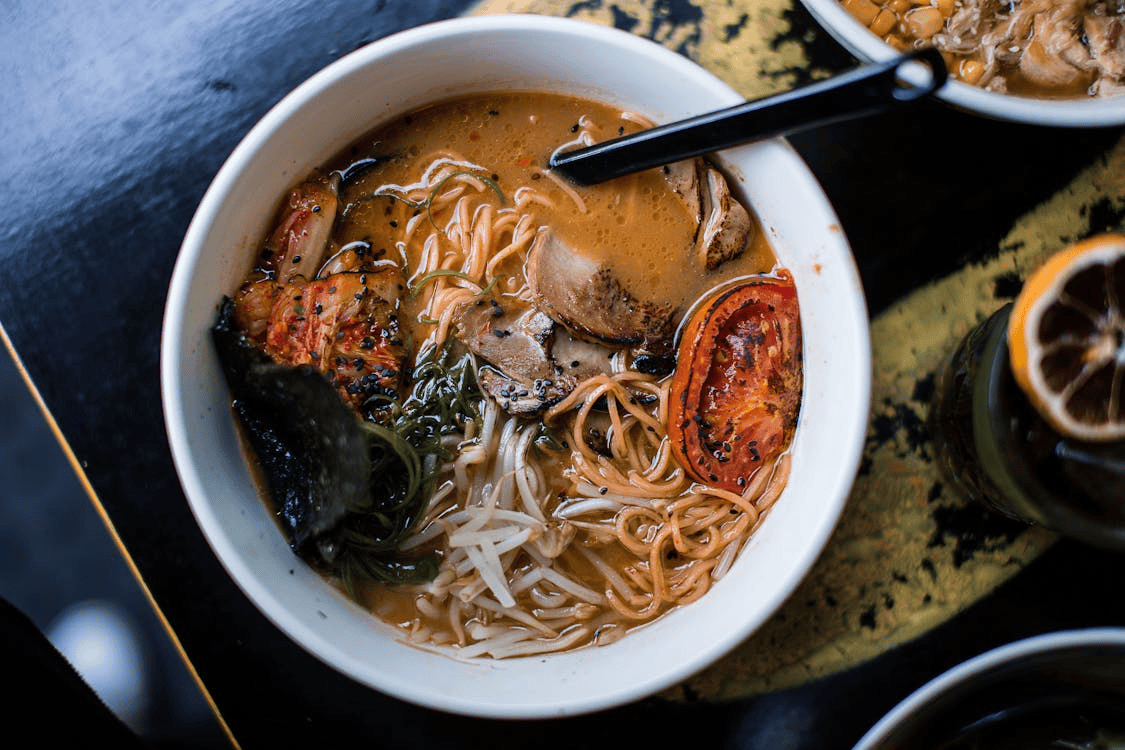
Many ramen shops in Japan use a ticket vending machine placed near the entrance. This machine allows you to choose your dish, pay, and receive a ticket, which you hand to the staff. Here are the steps:
- Insert cash (many machines don’t take cards).
- Select your ramen style and add-ons, including extra noodles (kaedama), a soft-boiled egg, or chashu pork.
- Take your ticket and find a seat, or wait to be guided.
In shops without vending machines, you’ll order directly from staff. It’s respectful to know at least a few ramen-related terms or point to pictures if available.
Adjusting to the Seating Style
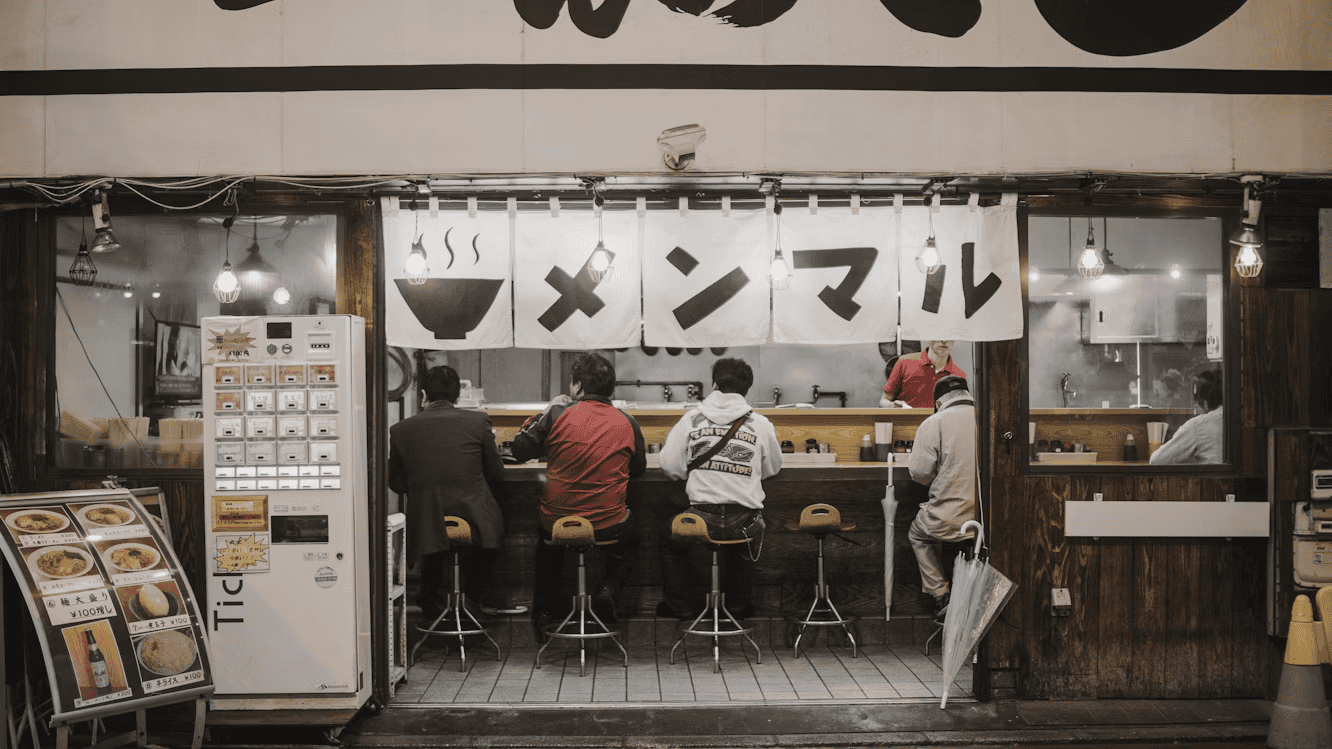
Most ramen shops are compact, with seating arranged at a counter. If the shop is busy, a queue system may be in place—either by writing your name down or waiting behind seated diners. Avoid standing too close to people who are still eating.
Once seated, place your ticket on the counter or hand it over if you haven’t already done so. Shops often provide a tray with condiments (like sesame, garlic, or chili oil), chopsticks, and tissues. Water is typically available for self-service from a dispenser or jug at the counter.
Starting With Gratitude
Before eating, many Japanese people say “itadakimasu,” a phrase that expresses appreciation for the meal. This isn’t always done loudly, but quietly saying it to yourself is considered polite and respectful. There’s no need for a lengthy pause—ramen is best enjoyed while it’s hot.
Using Chopsticks Properly
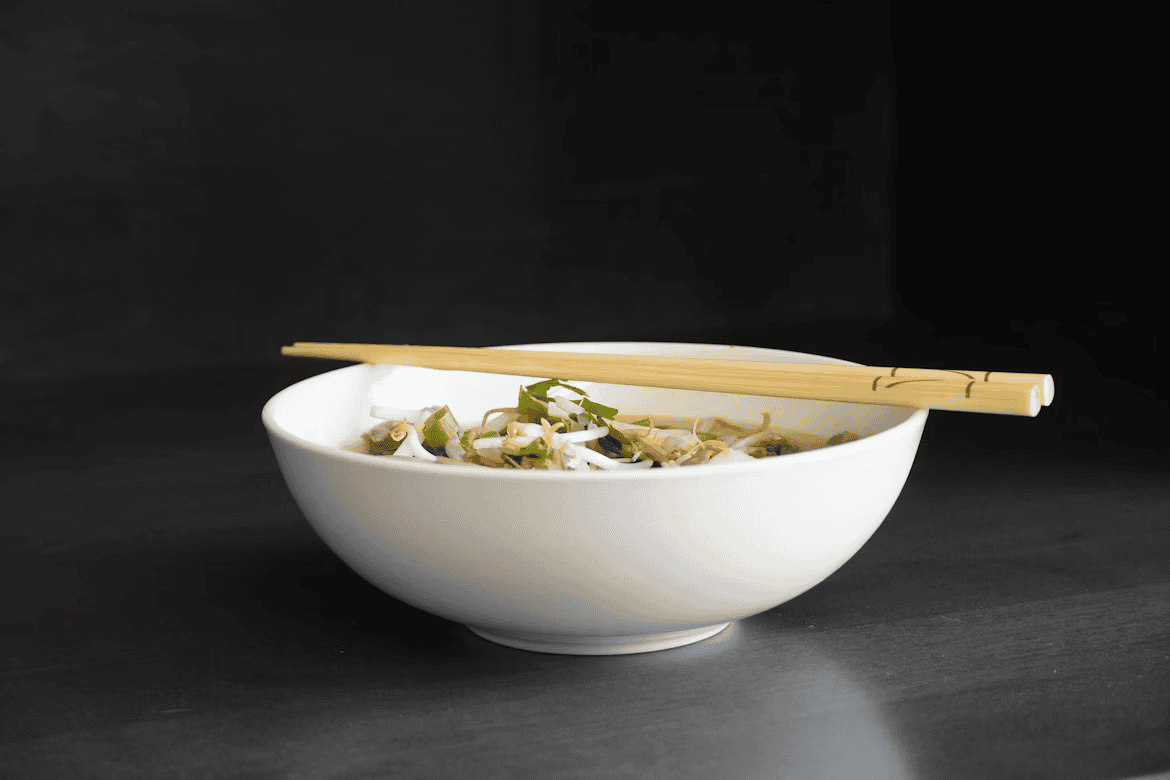
Eating ramen with chopsticks is the norm. If you’re not confident with them, practice beforehand. In Japan, it’s important to:
- Never stick chopsticks upright in the bowl – this is considered disrespectful, as it resembles funeral customs.
- Don’t pass food chopstick-to-chopstick – this is also tied to ritual behavior.
- Use the rest or edge of the tray to place chopsticks when not in use.
When eating ramen, chopsticks are used to grip noodles and toppings, while a flat-bottomed spoon (range) is used for broth and small items.
Slurping Is Expected
One of the most noticeable cultural differences is the practice of slurping noodles.
In Japan, slurping is seen as both a sign of enjoyment and a practical way to cool hot noodles while enhancing flavor. Unlike in some Western contexts where slurping might be considered rude, it’s entirely acceptable and even encouraged in ramen shops.
Don’t worry about being too loud—focus on eating naturally. Locals often take a few strands of noodles, lift them high with chopsticks, and slurp them in one motion. You’re not expected to eat the whole bowl in one go, but continuous eating without long breaks is typical.
Drinking the Broth
Once the noodles and toppings are eaten, many Japanese diners drink the broth directly from the bowl. It’s not required, but it’s common—especially if the broth is particularly rich or flavorful. However, it’s also perfectly fine to leave some behind.
If the shop offers kaedama (a refill of noodles), you can request it when you’re halfway through your broth. This is popular in tonkatsu-style shops. To ask for extra noodles, say “kaedama onegaishimasu,” and the staff will bring more noodles for you to add to your remaining broth.
Finishing With Politeness
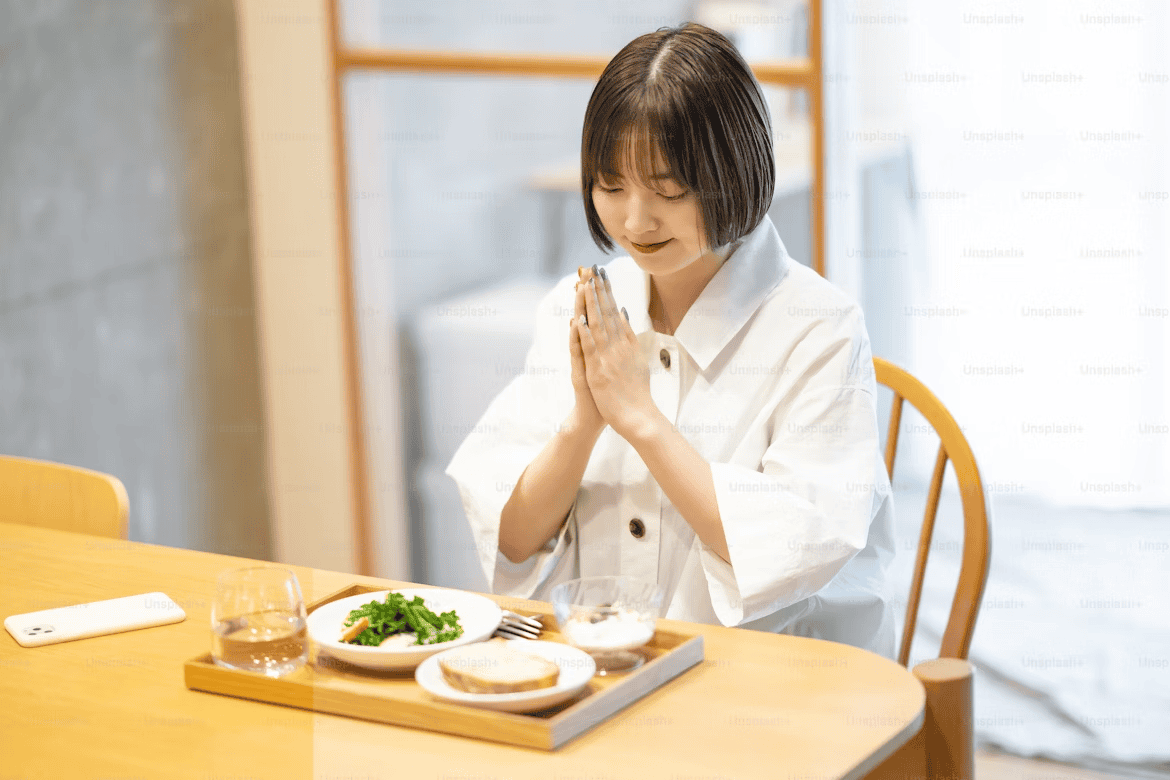
After eating, it’s common to say “gochisousama deshita,” which means “thank you for the meal.” Again, you don’t need to say it loudly—just clearly and with a nod is enough. If there’s no staff nearby, you can say it while placing your bowl back on the counter neatly.
In some places, especially smaller shops, it’s polite to wipe down your space with a tissue or leave the area tidy. If water cups are self-service, please return them to the designated area if one is available.
On a Final Note
By understanding these unwritten rules and cultural norms, you’ll gain more than just a meal—you’ll engage with a meaningful part of everyday life in Japan. Whether you’re seated in a busy Tokyo alleyway or a quiet countryside shop, the way you eat ramen tells a story of attention, awareness, and appreciation.
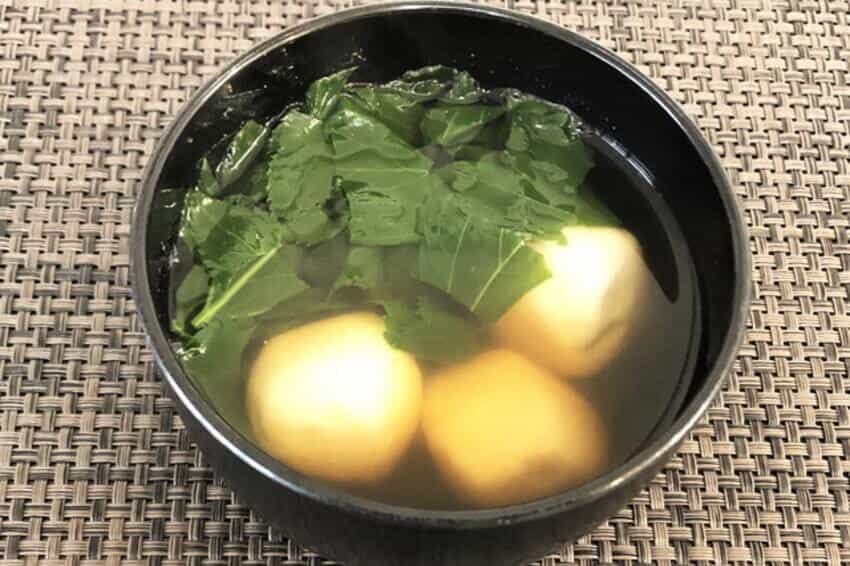
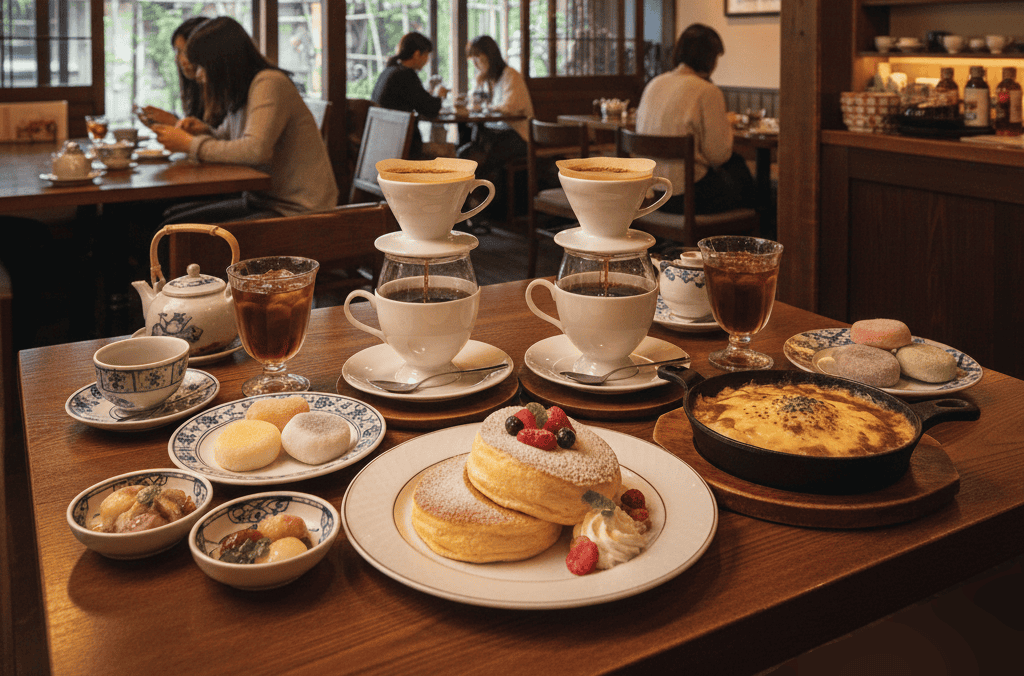

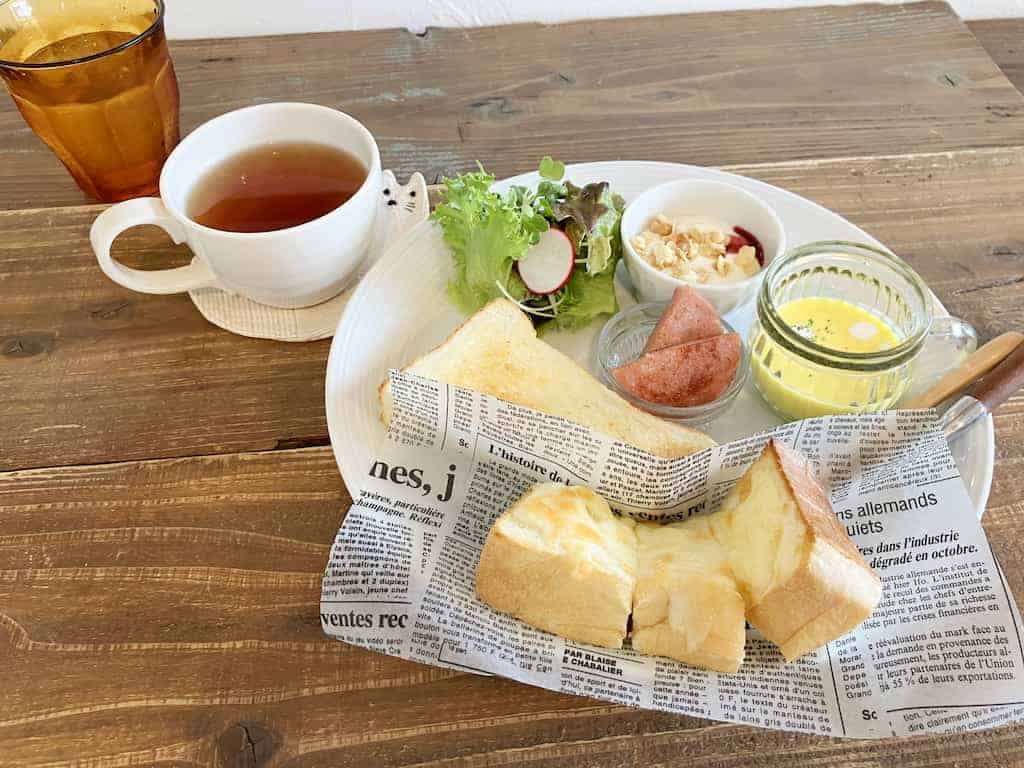
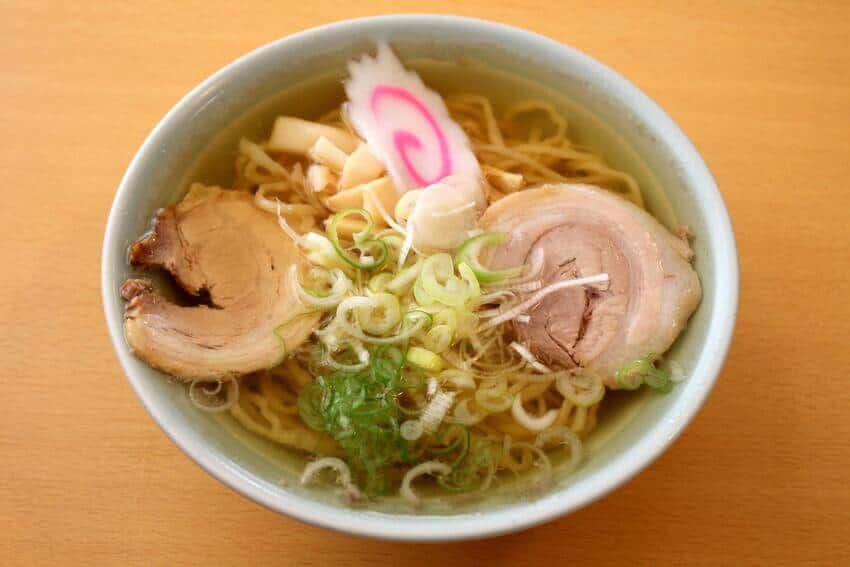

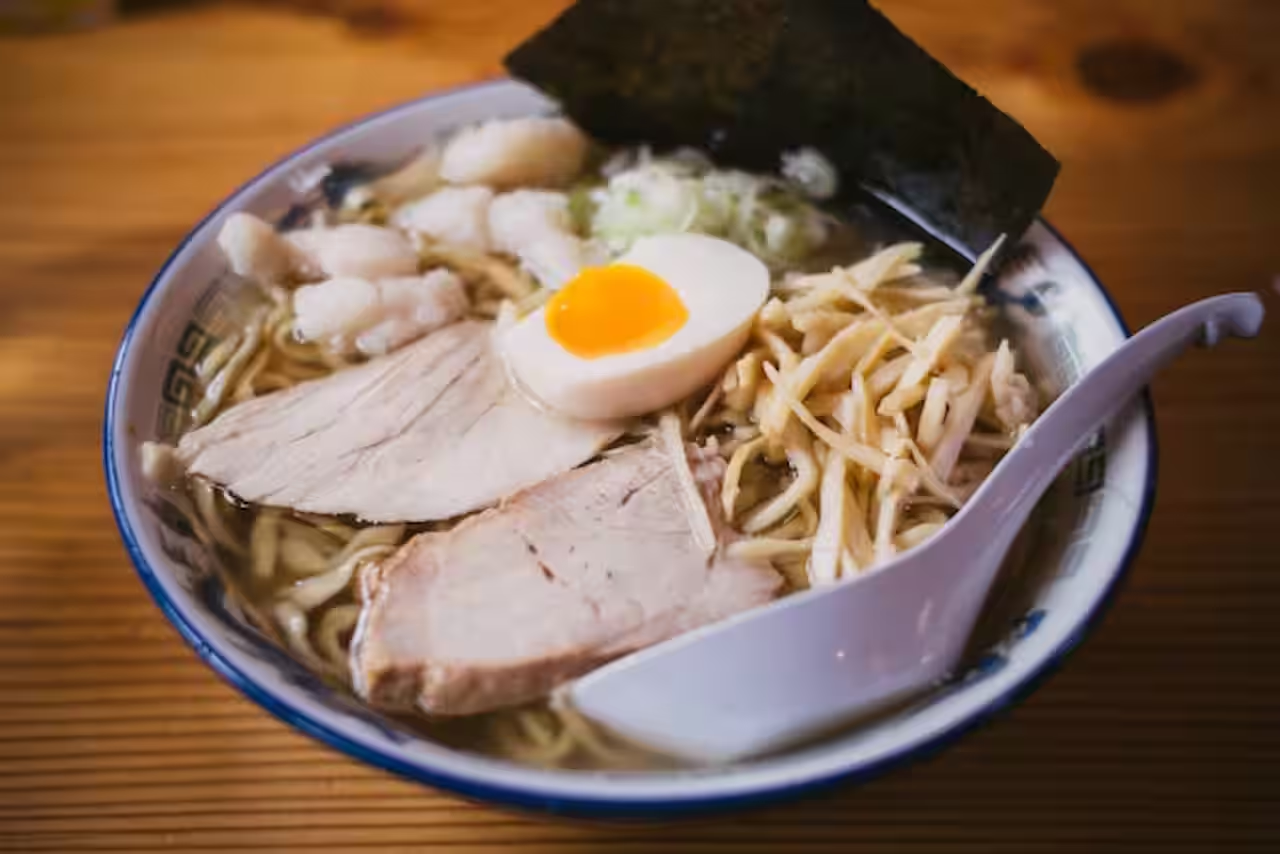
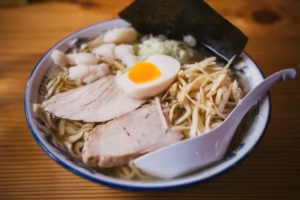
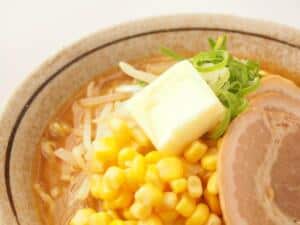
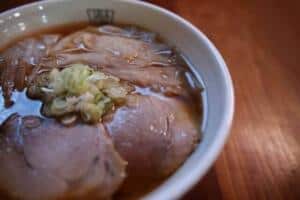
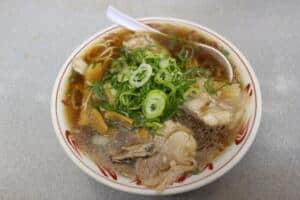
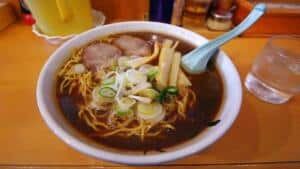
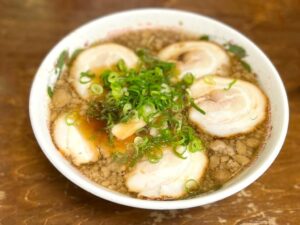
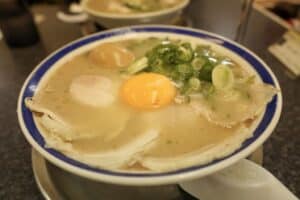
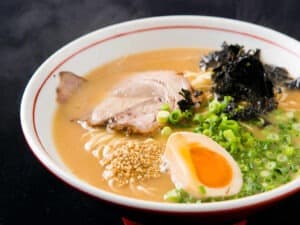
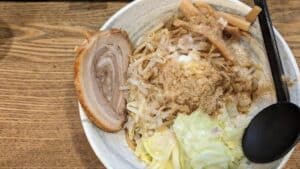
Comments